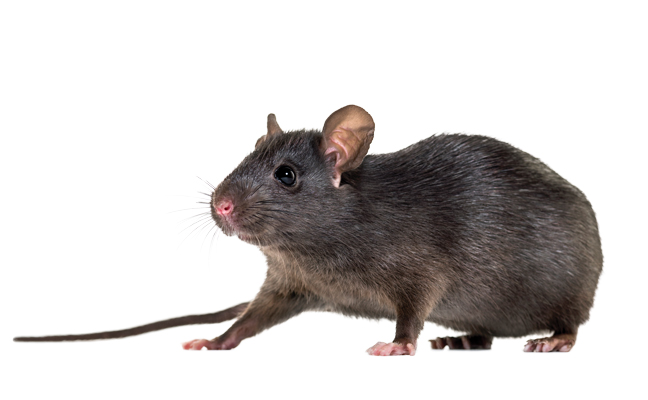
PHOTO: GLOBALP/ISTOCK / GETTY IMAGES PLUS/GETTY IMAGES
In late July, a bill was revived in the California Assembly that would ban the use of second-generation anticoagulant rodenticides by pest management professionals (PMPs) in the state. This bill has been introduced in the California legislature in one form or another for the past four years. One of the driving forces behind anti-pesticide advocates’ persistence is the detection of rodenticide residues in mesocarnivores, such as coyotes (Canis latrans), in Southern California.
In 2018, a study was funded by the Pest Management Foundation to better understand the connection between rodenticides and mesocarnivores. The research, conducted by Dr. Niamh Quinn at the University of California’s South Coast Research Center, sought to identify the different mammalian species that were visiting bait stations and determine whether elevating stations off the ground would impact how animals interacted with stations.
Dr. Quinn installed stations containing non-toxic bait, and used wildlife cameras to observe which animals visited and entered the stations. The research was performed in residential backyards in Orange County, Calif. Each yard received a ground-level station and an elevated station positioned approximately 1 meter (slightly more than 3 feet) off the ground.
Dr. Quinn’s research yielded more than 500,000 photos over the course of the 12-month project, with 13 different mammal species represented. Roof rats (Rattus rattus) were most prevalent, detected in more than 80 percent of the yards. Eastern fox squirrels (Sciurus niger), and free-roaming cats (Felis catus) were the second- and third-most photographed.
Two findings that can affect pest control practices arose from this research:
- If more than 80 percent of homes had roof rat activity outside, rat populations may be largely underestimated in the region.
- When bait stations were elevated off the ground, roof rats were just as likely to enter them, but native rodents and mesocarnivores were less likely to be present.
This study shed light on data-driven approaches that PMPs can use to improve their treatment methods for roof rats. Learn more at NPMAFoundation.org.
Leave A Comment